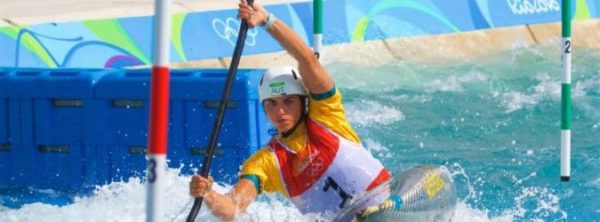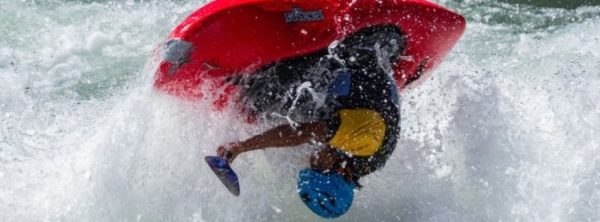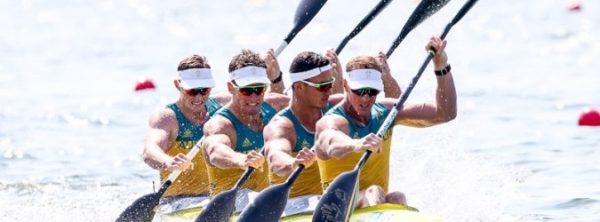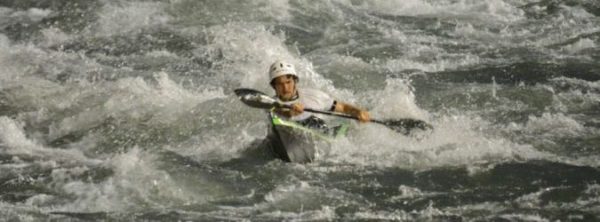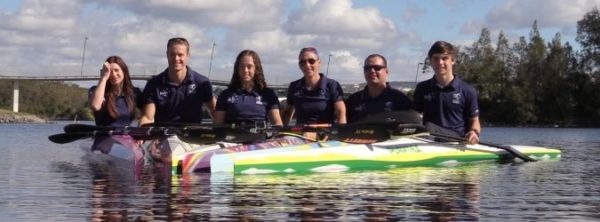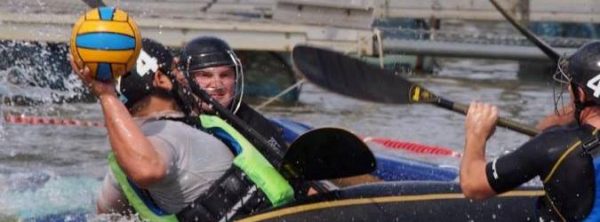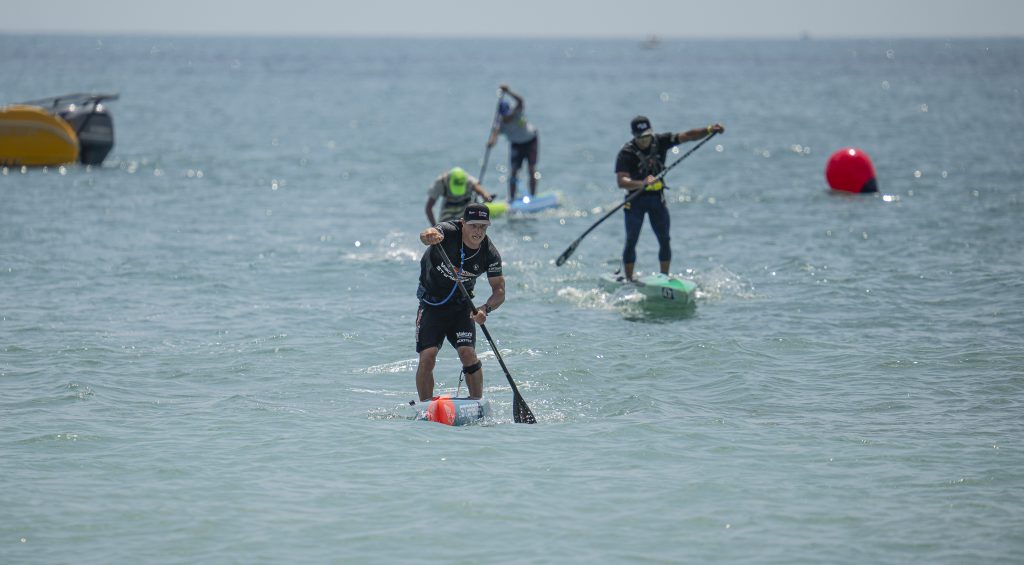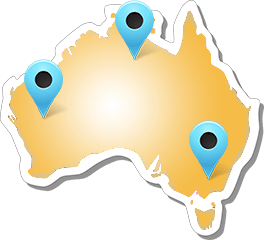From the land of drying rivers, here is a story of how passionate paddlers have just kept on paddling, taking the initiative to create new adventures and help the rivers they paddle on in the process. We interviewed members of Western Paddlers NSW, a paddle club based in Dubbo in the northern Murray-Darling Basin, which has been badly affected by drought.
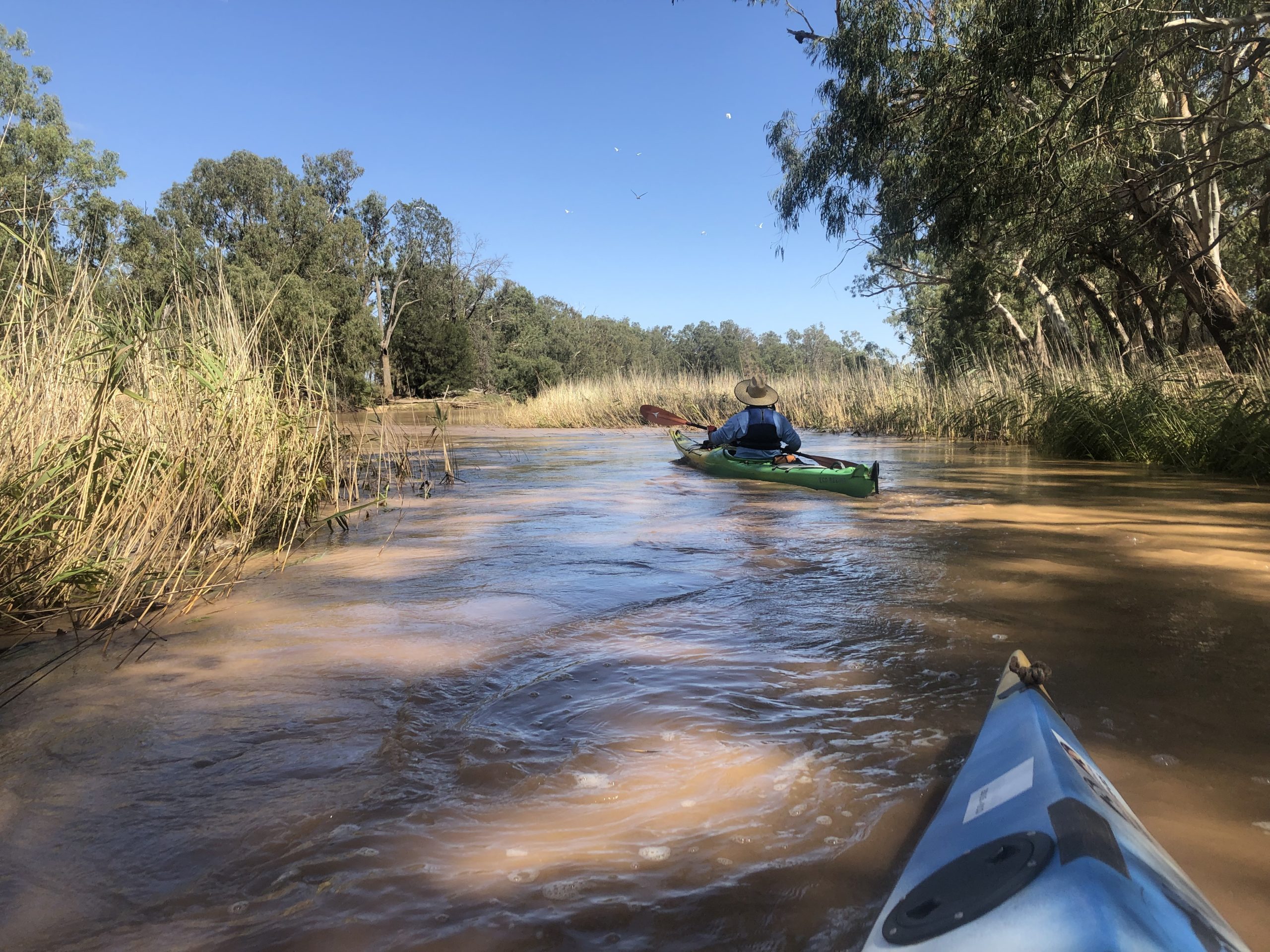
Water levels in most northern Murray-Darling rivers are getting too low to paddle on – how have you managed to keep paddling?
We chase water wherever it is! With the start of the drought, there was still water in the dams on rivers, including an allocation of water for the environment, so we’d paddle on these releases. We chased environmental releases up on the Gwydir River, Peel River, Booberoi Creek, and a Bulk Water Transfer that transferred water from Windamere Dam to Burrendong Dam down the usually small and shallow Cudgegong River. But now most of the water in dams has been used up, so we’ve taken up new initiatives.
What new initiatives has the club taken?
One of our favourite places to paddle used to be the Macquarie Marshes as water for the environment would be sent there each spring. But with no water left to send there last year nor probably this year, we’ve had to look for other wetlands on other river systems to paddle on, so we launched our ‘Western Wetlands’ series of paddles. We’ve paddled on three wetlands now that we hadn’t paddled on before. Some of these still have water due to being part of town water supplies, or still receiving the last environmental flows.
We’ve also begun to do Citizen Science paddles, in which we undertake environmental research on rivers and wetlands. We are experiencing first-hand our rivers suffering with drought, and we’ve become more interested in drought and the impact on the environment in our club.
What are some of the Citizen Science projects?
We surveyed aquatic plants on Booberoi Creek (in the Lachlan River system) with the then NSW Office of Environmental and Heritage, to help inform environmental watering requirements in the creek (i.e. how much water from the dam needs to be sent down this creek).
We also trapped Olive Perchlet and assessed their habitat on a river further west. Olive Perchlets in the Murray-Darling Basin are a threatened species of fish (and are small and cute!). Their habitat is under threat from drought, so we worked with NSW Fisheries to assess how the population there is going and how long their habitat is likely to last with this drought.
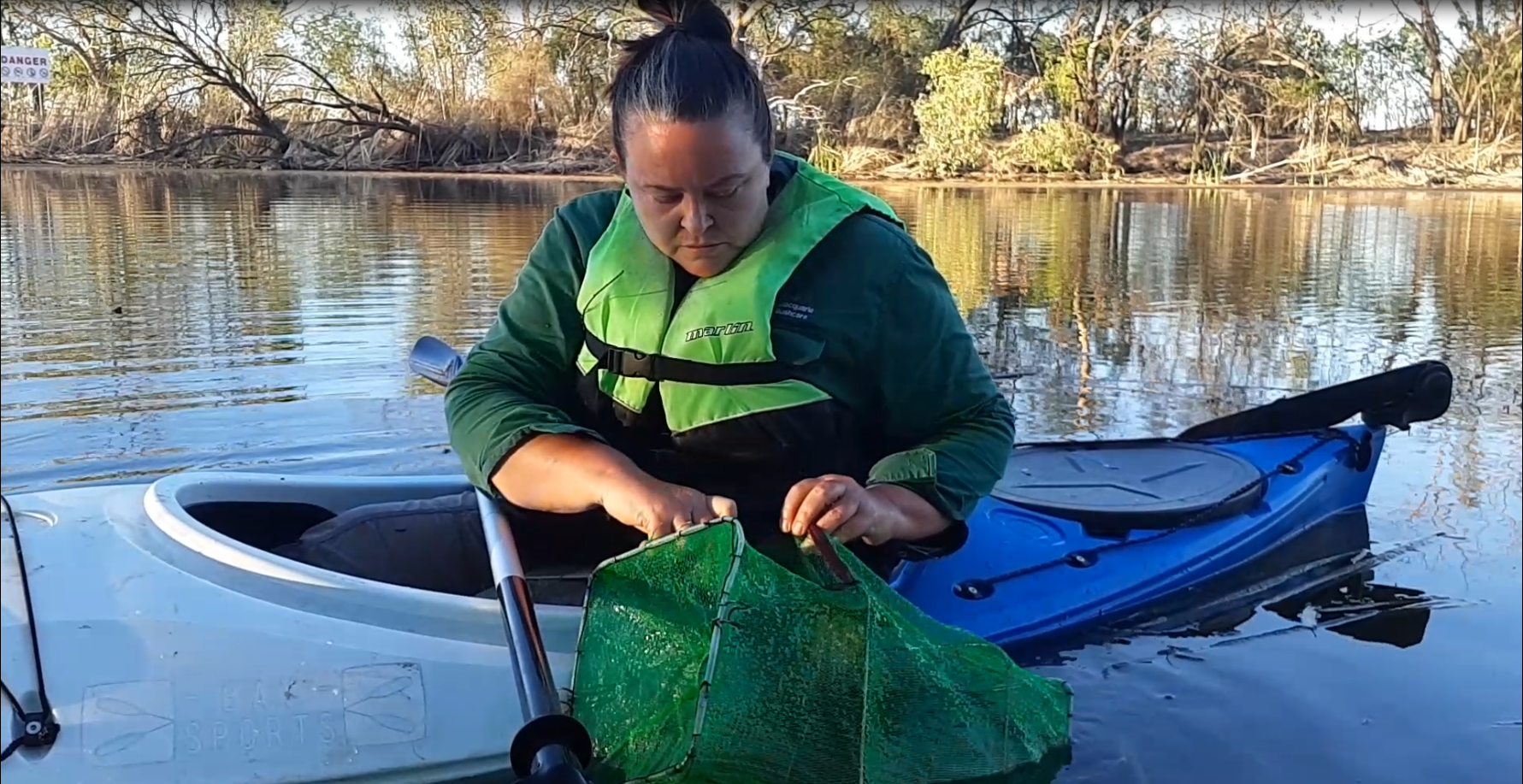
What advantages has there been for your club in running Citizen Science projects?
Every project attracts interest from people beyond our current membership. And our two projects so far have been inclusive of all paddle abilities – because we are assessing things, we don’t paddle fast or far. We enjoy learning about the environment and being involved in collecting information that will help the place we are paddling on – it adds a special connection to our experience of a place.
Through these projects we’ve been given access to places that otherwise would have been difficult to get to or we didn’t even know about. So while the drought is a sad situation, it’s opened us up to some beautiful kayaking spots and some really rewarding projects. We can’t wait till it rains again though and we can see the same places teeming with birds and wildlife and wetland plants!
We don’t get or need any funding to do these projects – we just use initiative and our networks. Some of us work in the area of river health and ecology.
We are also aware of other clubs being involved in great environmental initiatives, such as River Canoe Club and the ‘Paddle Against Plastic’ events, and we are assisting Paddle NSW in linking paddlers to Citizen Science and environmental paddling projects across NSW.
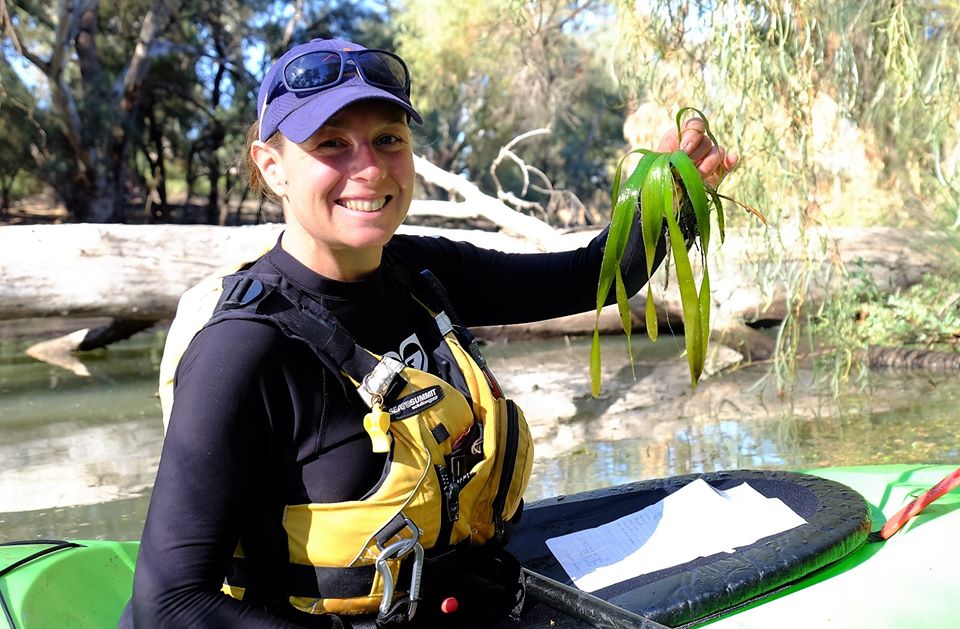
What are some of the challenges you’ve experienced doing these projects?
The first site we rocked up to to look for Olive Perchlets had no water!
We often need to access the rivers from private property, and it can sometimes be hard to get in contact with landholders, so a lot of plans happen last minute… We definitely have to be flexible!
But other than that, the challenges have really only been staying up too late around a campfire and playing guitars – then struggling to get up the next morning!
Anything else to say about paddling with the drought?
The low water levels have exposed a lot of rubbish in our local Macquarie River, so we partnered with Dubbo Rivercare to run a river cleanup, pulling out seven trolleys among other thing. We’ve also participated in a platypus survey run by Wambangalang Environmental Education Centre. It’s good to get data on platypus numbers now before the river dries up. If we don’t get significant rain, the water in Burrendong Dam will run out in about August this year, meaning the Macquarie River will stop flowing and start to dry up. While there’s too many shallow sections to paddle down the Macquarie River most of the time now, we still hold kids kayaking sessions in deeper areas and teach skills and play games, including the Paddle Australia funded ‘Paddle Oz’ program. We’ve also escaped to the coast a couple of times for some fun paddle trips where water isn’t an issue! And the water is blue!! And we are grateful that we weren’t wiped out by bushfires, unlike many coastal and mountain regions.
Postscript: Since this interview was conducted, there has been rain and flows in Dubbo and the northern Murray-Darling Basin. This isn’t enough to end the drought but enough to see the Western Paddlers making the most of it. They’ve paddled three ephemeral rivers and creeks in the last two weeks, one of which had been completely dry for over 2 years. Burrendong Dam on the Macquarie River has risen from 1.5% to 4%, buying the river more time till the next rain event. The paddlers also reported that unfortunately the first rainfall-generated flows in the Macquarie River at Wellington and Dubbo caused massive fish kills. As the earth is bare and so much topsoil was washed into the river, and further downstream where the river had been dry, the build up of organic matter in the dry river channel caused the fish to die.






